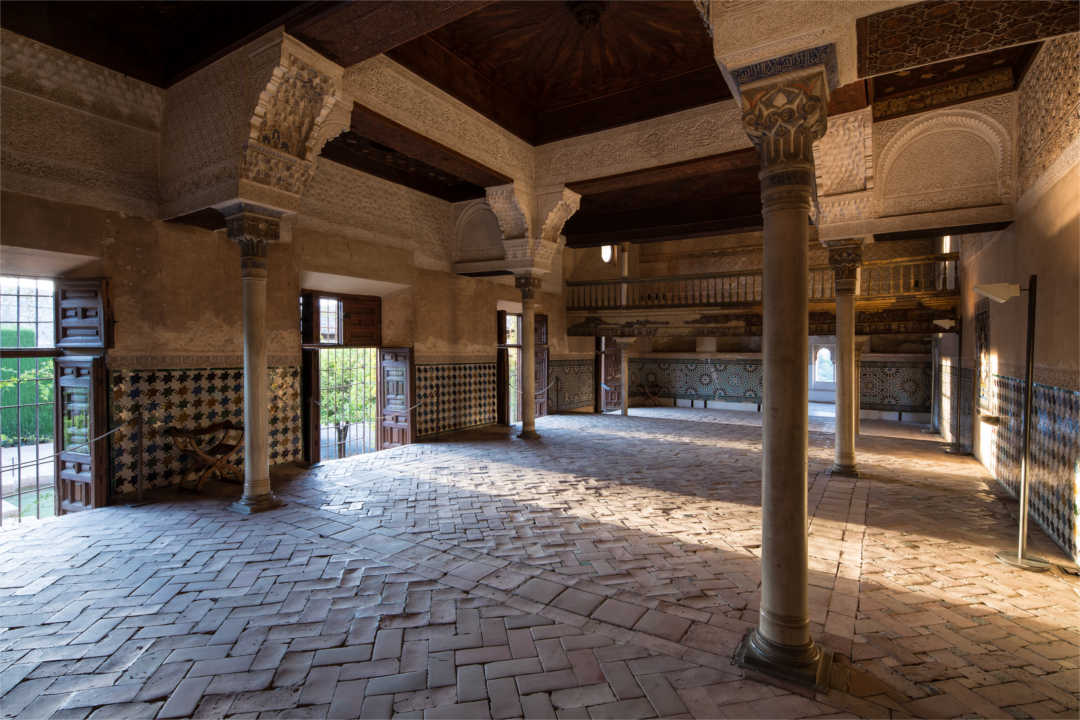 BACK
BACK
Mexuar – Oratory
Counsel of Ministers meetings and worship took place in these rooms.
 Make your selection to discover more places
Make your selection to discover more places
The Mexuar
Its name is derived from the Arabic term Maswar, the place where the Surah or Counsel of Ministers met. It was also the place or hall where the Sultan dispensed justice.
This room probably belonged to a structure that preceded the Palace of Comares and the Palace of the Lions. Its construction is attributed to Isma’il (1314-1325), and has undergone many alterations and modifications
Its decoration was adapted by Yusuf I (1333-1354) and later by Muhammad V during his second mandate (1362-1391). Both rulers were responsible for the construction of two best preserved Palaces of the Alhambra
Originally it had a lantern-like central body that provide light to the inside, of which only the four columns and entablature have been preserved. In the 16th century an upper floor was added and the building was transformed into a Chapel. The area today, with its Renaissance balustrade, was originally enclosed by a wall that was connected to the courtyard; this was added to the room to be used as the chapel choir.
Among the many significant alterations to the room was the epigraphic frieze of stucco that runs above the tiled socle . Coming from the lost Portico of the Court of Machuca, it was installed in the Mexuar by Moorish artisans to replace battlements with a clear symbolic purpose: The Kingdom is God’s, Power is God’s. Glory is God’s”. This inscription replaced the Christian verse: «Christus regnat. Christus vincit. Christus imperat».
The Oratory
A good Muslim must pray five times a day. He may do it in anywhere, although there are also medinas, mosques and oratories for that purpose. In the Alhambra, besides the Great Mosque, there were different oratories that were used by the Sultan, his family and the Court.
Originally access to the Oratory was through the Gallery of Machuca. Ground level was at the height of the stone bench by the windows, which last century was lowered to facilitate access to the oratory. The windows allowed worshippers who were kneeling on the floor with their arms leaning on the window sill to observe the landscape and reflect on the greatness of nature and divine creation.
When a powderhouse blew up in 1590 it destroyed the room. Later, it was renovated in 1917. The inscription includes a holy text from the Koran and praises by Muhammad V, among others. We can read: “Come to pray. Don’t be one of the negligent people.”
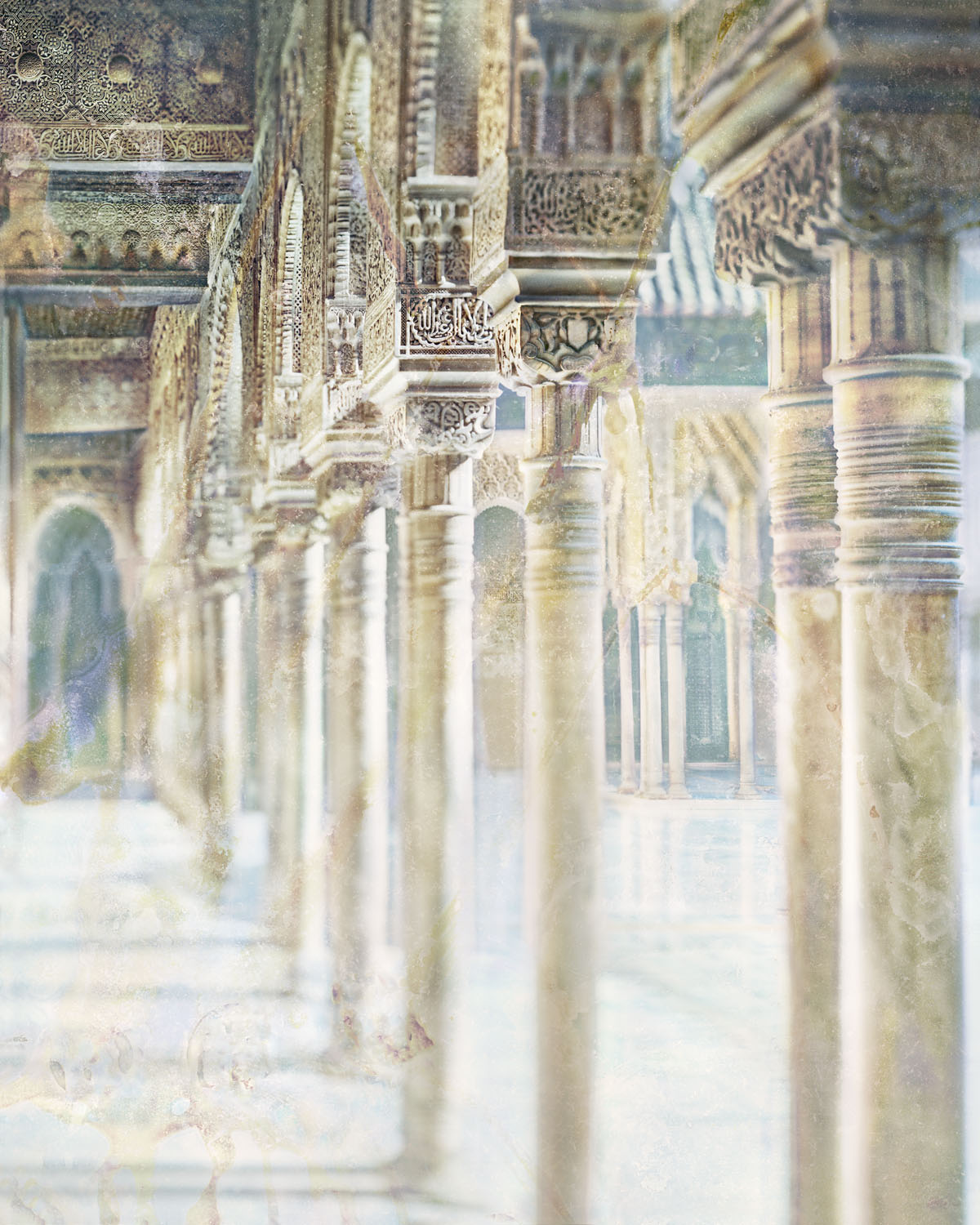
La Alhambra, a look from Fernando Manso
MORE INFORMATION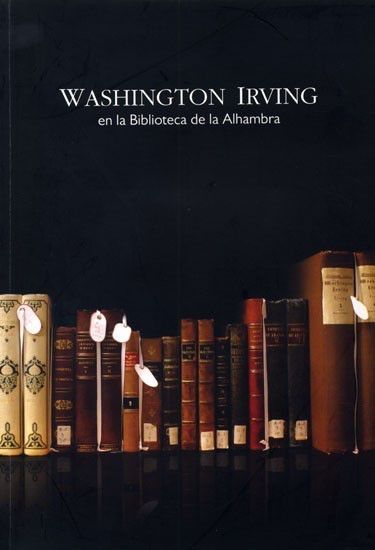
WASHINGTON IRVING AND THE ALHAMBRA
MORE INFORMATION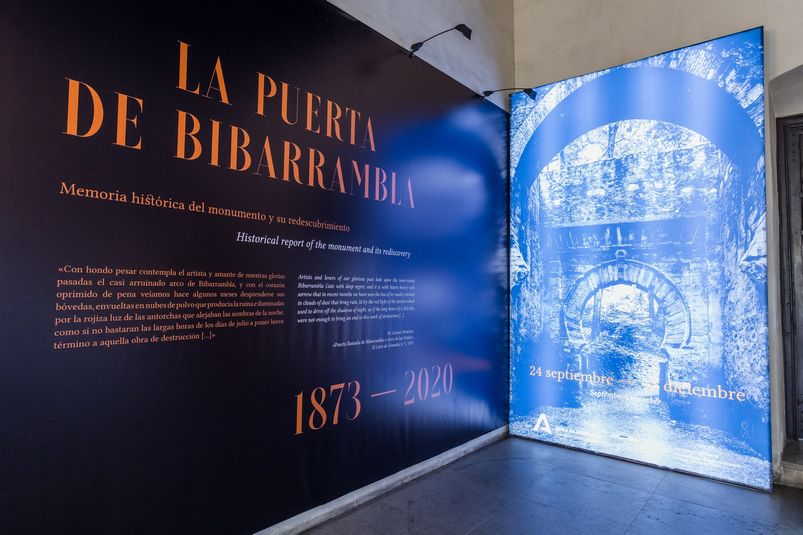
THE GATE OF BIBARRAMBLA. Historical report of the monument and its rediscovery
MORE INFORMATIONTHE EMPEROR´S CHAMBERS
MORE INFORMATION
The Council of Alhambra and Generalife will refund automatically the full amount of the bookings
MORE INFORMATION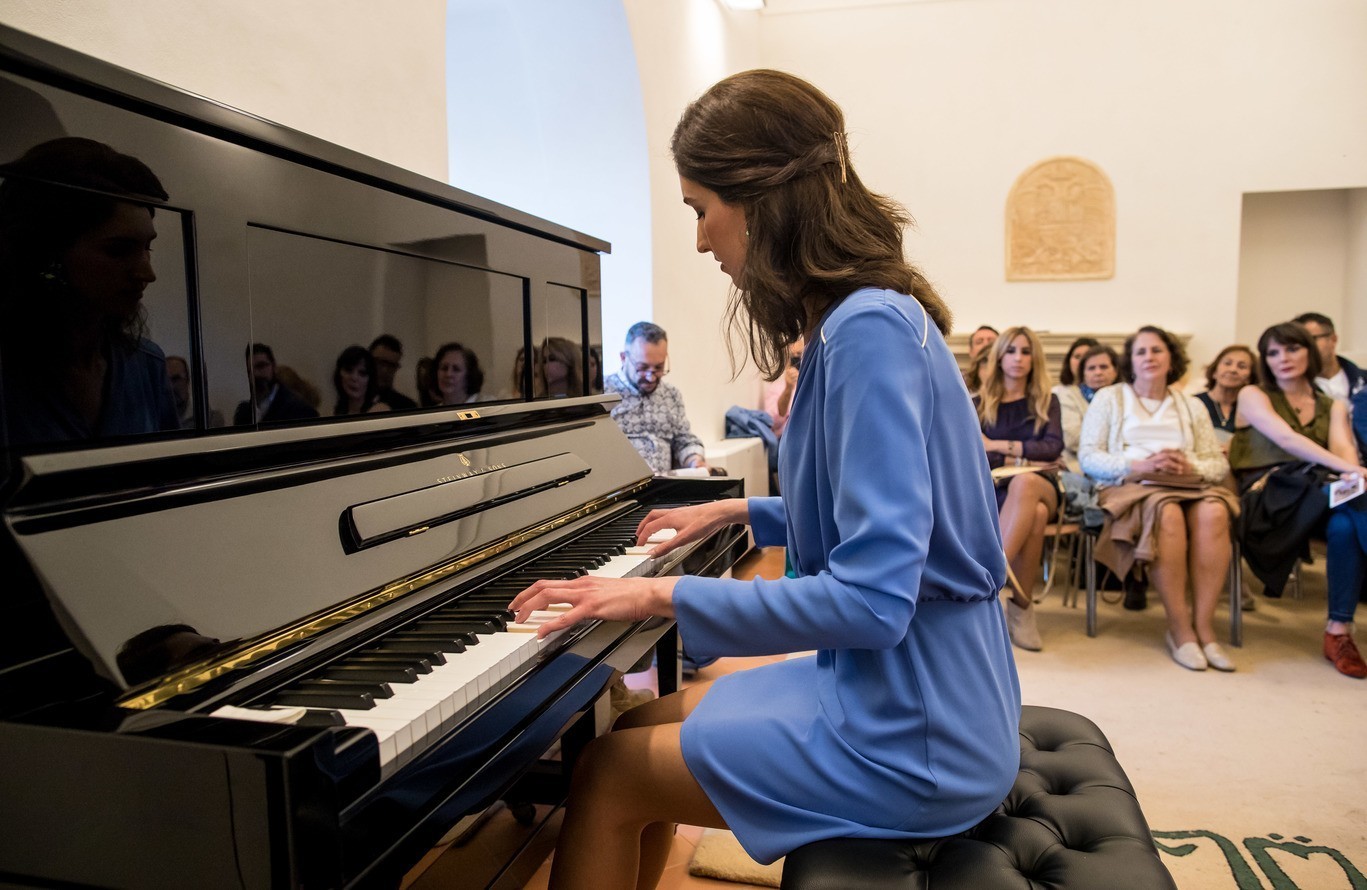





 Contact
Contact






